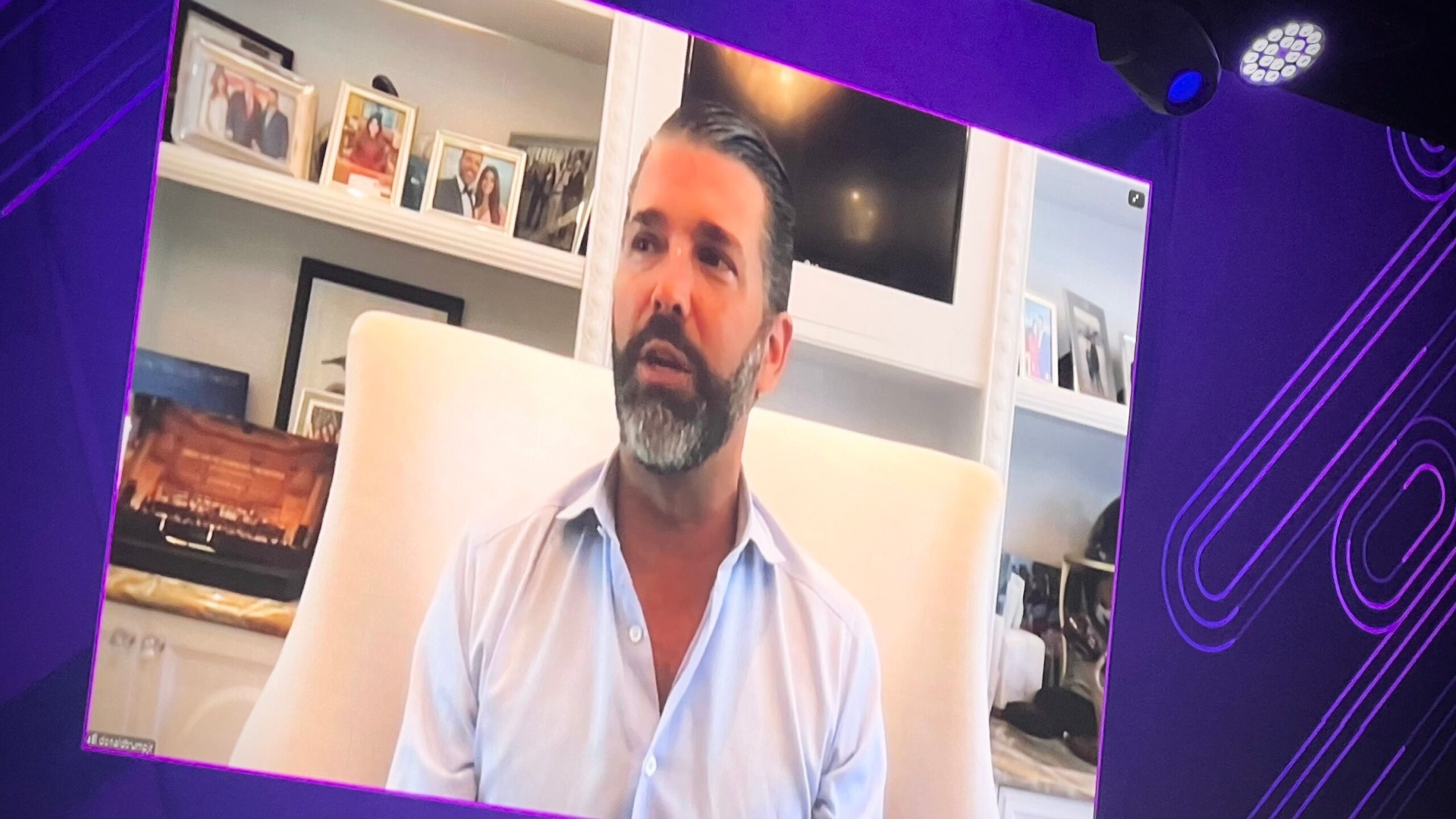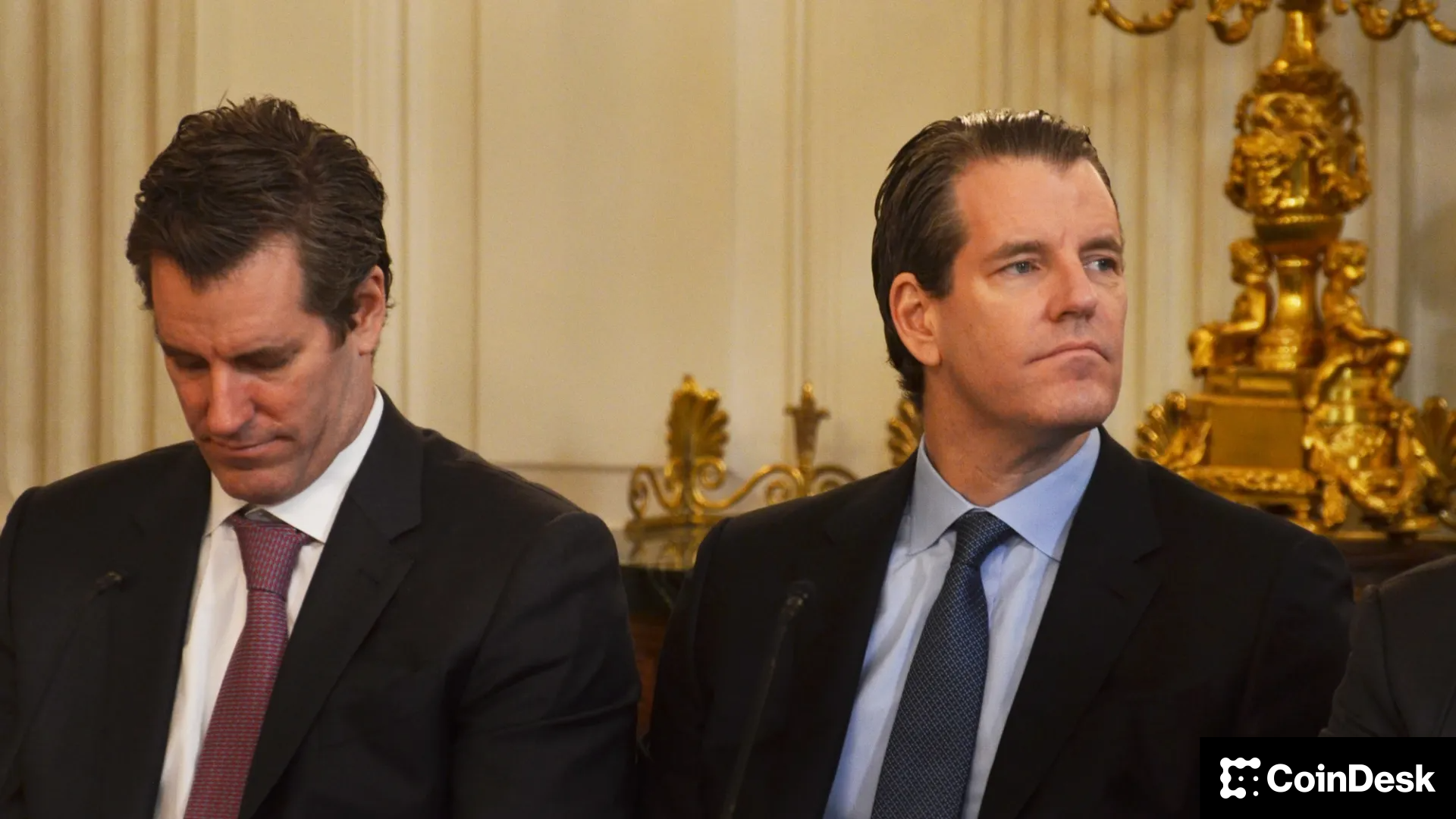Uncategorized
CoinDesk Weekly Recap: Stablecoins, Stablecoins, Stablecoins

It was a bad week for crypto prices, with BTC and ETH both falling and the CoinDesk 20, which covers 80% of the market, losing 7% since Monday.
But less speculative assets showed plenty of volume. Stablecoins, in particular, were the name of the game this week.
The U.S. House introduced a stablecoin bill, following up on the Senate version that was approved by committee last week. Jesse Hamilton reported. Wyoming (aka “The Blockchain State”) wants its own stablecoin and it’s testing the idea on Avalanche, Solana and Ethereum, Kris Sandor reported.
World Liberty Financial (WLFI), the financial protocol backed by Donald Trump and his family, confirmed the launch of its stablecoin (USD1) this week. And Don Trump Jr. trumpeted the news at the DC Blockchain Summit.
Meanwhile, Fidelity Investment, an early TradFi innovator in crypto, is in the advanced stages of launching its own stablecoin. The venture is part of a strategy to enter the tokenized bond market, Jamie Crawley reported.
Meanwhile, Circle, the issuer of the second biggest stablecoin (USDC), has finally secured a license to operate in Japan in partnership with local heavyweight SBI Holdings, Sam Reynolds reported.
In news from our Europe team, Ian Allison had a scoop about Sam Altman’s World Network holding talks with Visa on linking on-chain card features to a self-custody crypto wallet.
Will Canny heard from a source that Sam Hill, Zodia Custody’s COO had left and was returning to a role in TradFi. He was able to persuade the Standard Chartered-backed company to confirm the move and we beat the competition with the story.
Canny followed up the next day with a story, unreported elsewhere, on the wave of senior staff losses at crypto prime broker FalconX. (BlackRock, by contrast, was adding talent to its digital assets team in the U.S.)
We continued to report on Strategy (MicroStrategy), pioneer of the corporate bitcoin treasury. Christine Lee had a two-hour interview with executive chairman Michael Saylor, where he mused about bitcoin as a $200 trillion asset and promised to burn bitcoin in the name of immortality.
Strategy has invested about $33 billion in bitcoin so far through various stock offerings, both common and preferred. And James Van Straten explained the differences between the company’s fund-raising instruments for bitcoin purchases. Tom Carreras followed up later with a nice piece showing how MSTR stockholders might be at risk from Saylor’s buy-every-bitcoin strategy.
Meanwhile, the SEC continued to drop enforcement actions against crypto companies (Immutable was the latest, as Cheyenne Ligon reported). But, strangely, one involving Unicoin stayed open, much to the CEO’s chagrin.
It almost felt like a normal sort of week — more incremental than monumental. But then the president’s own media company announced that it was launching its own ETFs and ETPs with Crypto.com. Thankfully, crypto still has the power to surprise.
Business
Crypto Trading Firm Keyrock Buys Luxembourg’s Turing Capital in Asset Management Push

Crypto trading firm Keyrock said it’s expanding into asset and wealth management by acquiring Turing Capital, a Luxembourg-registered alternative investment fund manager.
The deal, announced on Tuesday, marks the launch of Keyrock’s Asset and Wealth Management division, a new business unit dedicated to institutional clients and private investors.
Keyrock, founded in Brussels, Belgium and best known for its work in market making, options and OTC trading, said it will fold Turing Capital’s investment strategies and Luxembourg fund management structure into its wider platform. The division will be led by Turing Capital co-founder Jorge Schnura, who joins Keyrock’s executive committee as president of the unit.
The company said the expansion will allow it to provide services across the full lifecycle of digital assets, from liquidity provision to long-term investment strategies. «In the near future, all assets will live onchain,» Schnura said, noting that the merger positions the group to capture opportunities as traditional financial products migrate to blockchain rails.
Keyrock has also applied for regulatory approval under the EU’s crypto framework MiCA through a filing with Liechtenstein’s financial regulator. If approved, the firm plans to offer portfolio management and advisory services, aiming to compete directly with traditional asset managers as well as crypto-native players.
«Today’s launch sets the stage for our longer-term ambition: bringing asset management on-chain in a way that truly meets institutional standards,» Keyrock CSO Juan David Mendieta said in a statement.
Read more: Stablecoin Payments Projected to Top $1T Annually by 2030, Market Maker Keyrock Says
Business
Crypto Trading Firm Keyrock Buys Luxembourg’s Turing Capital in Asset Management Push

Crypto trading firm Keyrock said it’s expanding into asset and wealth management by acquiring Turing Capital, a Luxembourg-registered alternative investment fund manager.
The deal, announced on Tuesday, marks the launch of Keyrock’s Asset and Wealth Management division, a new business unit dedicated to institutional clients and private investors.
Keyrock, founded in Brussels, Belgium and best known for its work in market making, options and OTC trading, said it will fold Turing Capital’s investment strategies and Luxembourg fund management structure into its wider platform. The division will be led by Turing Capital co-founder Jorge Schnura, who joins Keyrock’s executive committee as president of the unit.
The company said the expansion will allow it to provide services across the full lifecycle of digital assets, from liquidity provision to long-term investment strategies. «In the near future, all assets will live onchain,» Schnura said, noting that the merger positions the group to capture opportunities as traditional financial products migrate to blockchain rails.
Keyrock has also applied for regulatory approval under the EU’s crypto framework MiCA through a filing with Liechtenstein’s financial regulator. If approved, the firm plans to offer portfolio management and advisory services, aiming to compete directly with traditional asset managers as well as crypto-native players.
«Today’s launch sets the stage for our longer-term ambition: bringing asset management on-chain in a way that truly meets institutional standards,» Keyrock CSO Juan David Mendieta said in a statement.
Read more: Stablecoin Payments Projected to Top $1T Annually by 2030, Market Maker Keyrock Says
Business
Gemini Shares Slide 6%, Extending Post-IPO Slump to 24%

Gemini Space Station (GEMI), the crypto exchange founded by Cameron and Tyler Winklevoss, has seen its shares tumble by more than 20% since listing on the Nasdaq last Friday.
The stock is down around 6% on Tuesday, trading at $30.42, and has dropped nearly 24% over the past week. The sharp decline follows an initial surge after the company raised $425 million in its IPO, pricing shares at $28 and valuing the firm at $3.3 billion before trading began.
On its first day, GEMI spiked to $45.89 before closing at $32 — a 14% premium to its offer price. But since hitting that high, shares have plunged more than 34%, erasing most of the early enthusiasm from public market investors.
The broader crypto equity market has remained more stable. Coinbase (COIN), the largest U.S. crypto exchange, is flat over the past week. Robinhood (HOOD), which derives part of its revenue from crypto, is down 3%. Token issuer Circle (CRCL), on the other hand, is up 13% over the same period.
Part of the pressure on Gemini’s stock may stem from its financials. The company posted a $283 million net loss in the first half of 2025, following a $159 million loss in all of 2024. Despite raising fresh capital, the numbers suggest the business is still far from turning a profit.
Compass Point analyst Ed Engel noted that GEMI is currently trading at 26 times its annualized first-half revenue. That multiple — often used to gauge whether a stock is expensive — means investors are paying 26 dollars for every dollar the company is expected to generate in sales this year. For a loss-making company in a volatile sector, that’s a steep price, and could be fueling investor skepticism.
-

 Business11 месяцев ago
Business11 месяцев ago3 Ways to make your business presentation more relatable
-

 Fashion11 месяцев ago
Fashion11 месяцев agoAccording to Dior Couture, this taboo fashion accessory is back
-

 Entertainment11 месяцев ago
Entertainment11 месяцев ago10 Artists who retired from music and made a comeback
-

 Entertainment11 месяцев ago
Entertainment11 месяцев ago\’Better Call Saul\’ has been renewed for a fourth season
-

 Entertainment11 месяцев ago
Entertainment11 месяцев agoNew Season 8 Walking Dead trailer flashes forward in time
-

 Business11 месяцев ago
Business11 месяцев ago15 Habits that could be hurting your business relationships
-

 Entertainment11 месяцев ago
Entertainment11 месяцев agoMeet Superman\’s grandfather in new trailer for Krypton
-

 Entertainment11 месяцев ago
Entertainment11 месяцев agoDisney\’s live-action Aladdin finally finds its stars




